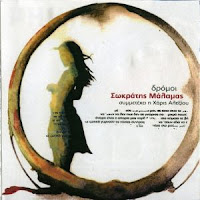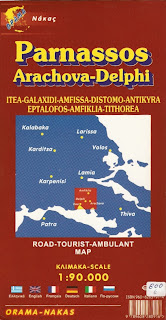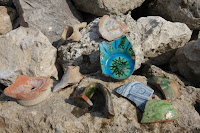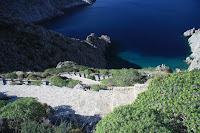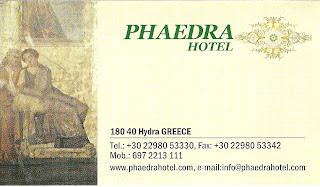

Alberto is the owner of La Cantina and he is teaching a series of courses on wine. Mark is going to these classes as part of the curriculum at the Cordon Bleu / Firenze. Alberto recently opened La Cantina in October 2007. He is also the owner of the Oil Shoppe just a few doors east on the same street (which is great for lunch time panini). We left ourselves in Alberto’s hands and he picked some great things to try. A standout appetizer for me was thinly sliced, (cold) smoked goose breast with a few drops of balsamic. A stuffed rabbit with truffle was also very nice. We drank wines by the glass and again, we let Alberto pick for us (I know, lazy). Alberto speaks English well if you need him to, but Italian is so much nicer when talking about food.
The restaurant is not obvious when you are walking on the street. You must past through a large door at Via S. Egido 10 and go a few steps down a hallway to come to the front door. The harder to find, the better in this case.







